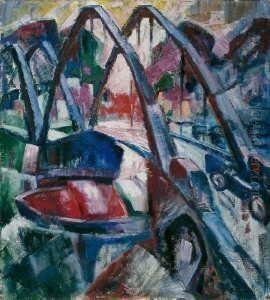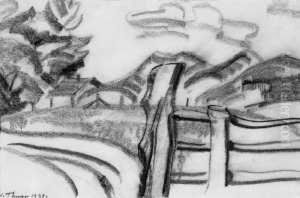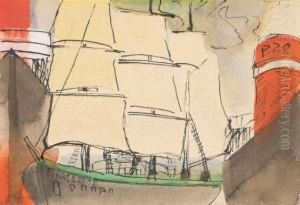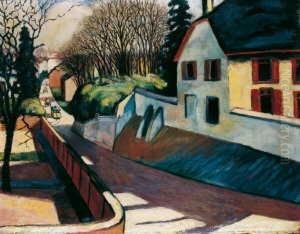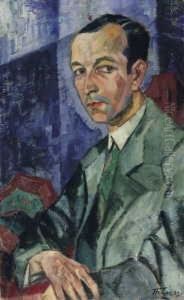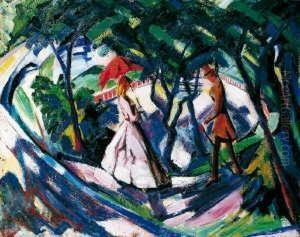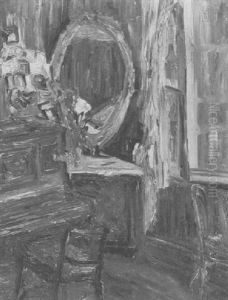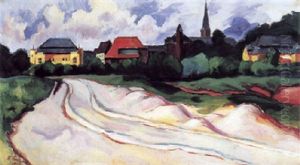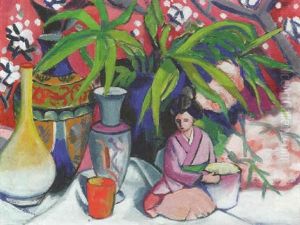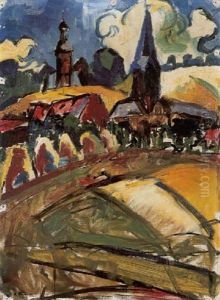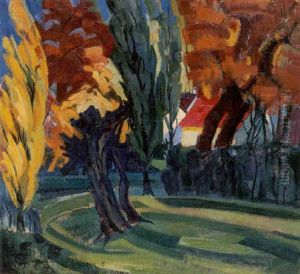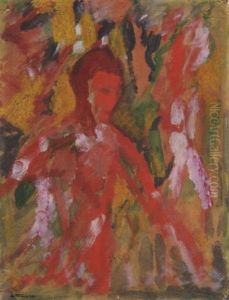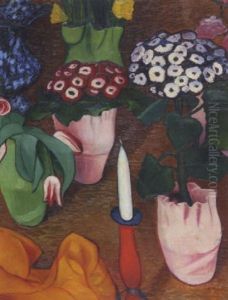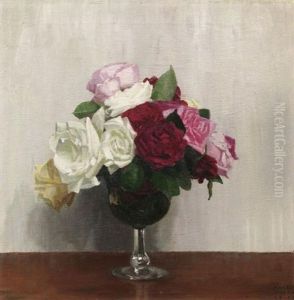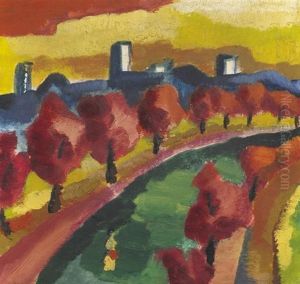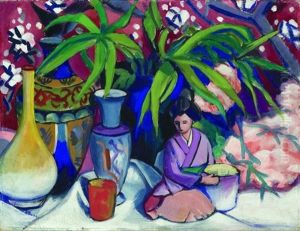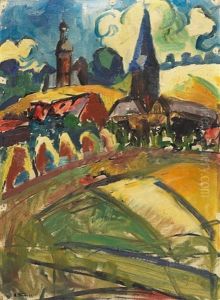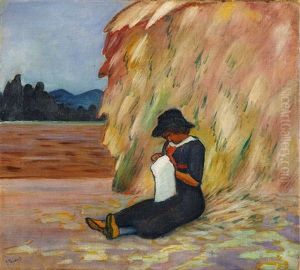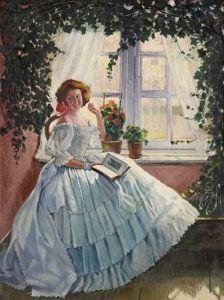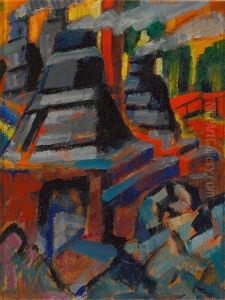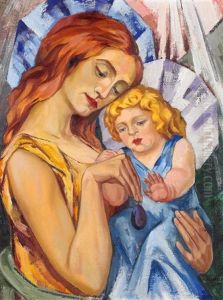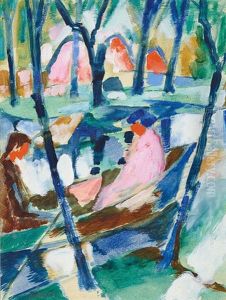Hans Thuar Paintings
Hans Thuar was a German expressionist painter born in Bonn, Germany, on March 10, 1887. His artistic journey began at a young age, influenced by the rich cultural heritage of his hometown. Thuar's early years were marked by an intense exploration of various artistic styles, but he eventually gravitated towards Expressionism, a movement that prioritized emotional expression over realistic representations. This preference was reflective of the broader cultural shifts occurring in Germany and across Europe at the time, as artists sought to capture the psychological complexities and societal upheavals of the early 20th century.
Thuar's work is characterized by vibrant colors, dynamic compositions, and a profound sense of emotion. He was deeply influenced by fellow expressionists and was known to have connections with key figures in the German Expressionist movement, including August Macke, with whom he shared a close friendship. This relationship, in particular, played a significant role in the development of his artistic voice, allowing him to engage deeply with the avant-garde ideas that were reshaping art during this period.
Despite the promising start to his career, Thuar's life and work were dramatically impacted by the outbreak of World War I. He served in the German army, and the experiences he endured on the battlefield profoundly affected him, both personally and artistically. After the war, his work took on a more somber tone, reflecting the trauma and disillusionment he felt in the aftermath of the conflict. However, Thuar continued to paint, and his post-war pieces are often seen as some of his most powerful works, encapsulating the despair and hope of a generation that had lived through such tumultuous times.
Hans Thuar's career was ultimately cut short by his premature death in 1945, towards the end of World War II. Despite his relatively brief career, Thuar left behind a body of work that continues to be celebrated for its emotional depth and artistic innovation. His paintings remain a testament to the expressionist movement and serve as a poignant reminder of the human capacity for resilience and creativity in the face of adversity.
